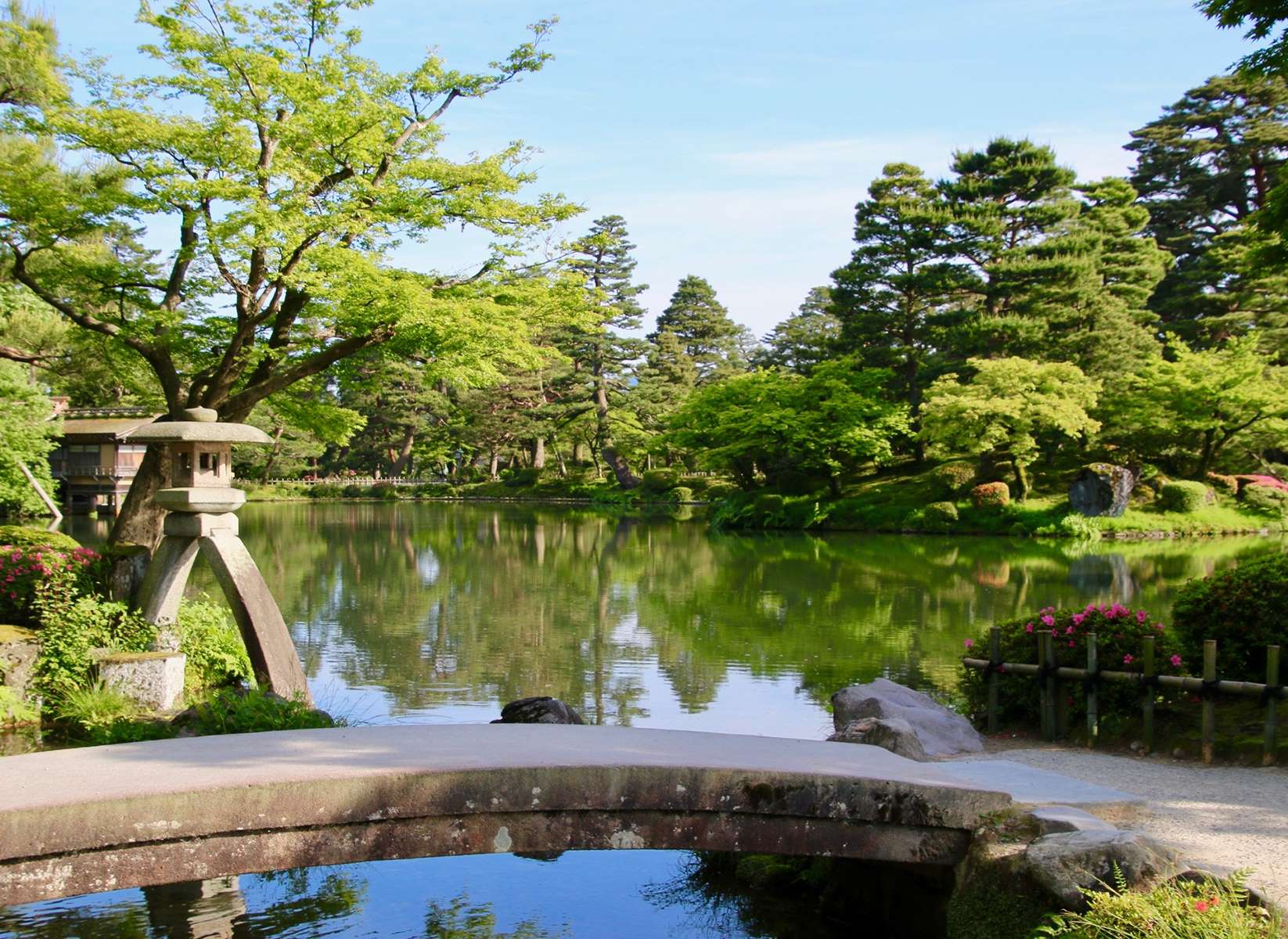Hidden Gems: The Most Beautiful Traditional Japanese Gardens In Kyoto

Kyoto, Japan's ancient capital, boasts some of the most beautiful traditional gardens in the world. These serene spaces offer a glimpse into the country's rich cultural heritage. Whether you're a nature lover or a history buff, Kyoto's gardens provide a peaceful escape from the hustle and bustle of city life. Imagine strolling through meticulously designed landscapes, where every rock, tree, and pond has a purpose. From the famous Kinkaku-ji's golden pavilion to the tranquil Ryoan-ji's rock garden, each garden tells its own story. Ready to explore the hidden gems of Kyoto? Let's dive into the most stunning traditional Japanese gardens this historic city has to offer.
Hidden Gems: The Most Beautiful Traditional Japanese Gardens in Kyoto
Kyoto, the cultural heart of Japan, boasts some of the most stunning traditional gardens. These serene spaces offer a glimpse into Japan's rich history and aesthetic principles. Let's explore some of the most beautiful traditional Japanese gardens in Kyoto.
Tranquil Havens in Kyoto
Kyoto's gardens are more than just pretty landscapes; they are tranquil havens where nature and art blend seamlessly. Each garden has its unique charm, inviting visitors to pause and reflect.
Kinkaku-ji (Golden Pavilion Garden)
- The Golden Pavilion, with its shimmering gold leaf exterior, sits majestically by a reflective pond. The surrounding garden, designed in the Muromachi period, features meticulously pruned trees, stone arrangements, and a peaceful walking path.
Ryoan-ji (Rock Garden)
- Famous for its Zen rock garden, Ryoan-ji offers a minimalist yet profound experience. Fifteen rocks are carefully placed within a sea of white gravel, encouraging contemplation and meditation.
Ginkaku-ji (Silver Pavilion Garden)
- Though not actually silver, Ginkaku-ji's beauty lies in its understated elegance. The garden combines a moss-covered landscape with a meticulously raked sand garden, symbolizing waves and mountains.
Gardens with Historical Significance
Some gardens in Kyoto hold deep historical significance, reflecting the cultural and political shifts of their times. These gardens are living museums, preserving the essence of bygone eras.
Nijo Castle Gardens
- Built during the Edo period, Nijo Castle's gardens feature expansive ponds, stone bridges, and lush greenery. The Ninomaru Garden, designed by renowned landscape architect Kobori Enshu, is a highlight with its intricate layout and seasonal beauty.
Heian Shrine Garden
- Created to celebrate the 1100th anniversary of Kyoto, Heian Shrine's garden is a sprawling landscape with large ponds, weeping cherry trees, and vibrant irises. The garden's design reflects the grandeur of the Heian period.
Hidden Gems Off the Beaten Path
While famous gardens attract many visitors, Kyoto also hides lesser-known gems that offer equally enchanting experiences. These gardens provide a more intimate connection with nature.
Shisen-do Garden
- Tucked away in a quiet neighborhood, Shisen-do offers a serene escape. The garden features a lush bamboo grove, azaleas, and a tranquil pond. The sound of water trickling from a stone basin adds to the peaceful ambiance.
Murin-an Garden
- Designed by a Meiji-era statesman, Murin-an is a blend of traditional and modern elements. The garden's flowing stream, open lawn, and carefully placed rocks create a harmonious landscape that feels both natural and refined.
Taizo-in Garden
- Located within the Myoshin-ji temple complex, Taizo-in is a hidden treasure. The garden's highlights include a picturesque pond, a waterfall, and a dry landscape garden. Seasonal flowers and foliage add to its charm.
Gardens with Unique Features
Some gardens in Kyoto stand out for their unique features, offering visitors a distinctive experience. These gardens showcase the creativity and innovation of Japanese garden design.
Katsura Imperial Villa Garden
- Known for its architectural beauty, Katsura Imperial Villa's garden is a masterpiece of design. The garden's layout includes winding paths, strategically placed tea houses, and stunning views of the surrounding landscape.
Saiho-ji (Moss Temple)
- Saiho-ji, also known as the Moss Temple, is famous for its lush carpet of moss that covers the entire garden. Over 120 varieties of moss create a magical, otherworldly atmosphere. Visitors must participate in a brief meditation session before exploring the garden.
Daitoku-ji (Daisen-in Garden)
- Daisen-in, part of the Daitoku-ji temple complex, features a unique dry landscape garden. The garden's design symbolizes a journey through life, with rocks representing mountains and gravel symbolizing rivers and oceans.
Kyoto's Timeless Beauty
Kyoto's traditional Japanese gardens offer a serene escape from modern life. Each garden, with its unique design, tells a story of Japan's rich cultural heritage. From the tranquil ponds of Kinkaku-ji to the meticulously raked sand of Ryoan-ji, these gardens showcase the artistry and philosophy of Japanese landscaping. Visiting these hidden gems provides a glimpse into the past, where nature and human creativity harmoniously coexist. Whether you're strolling through the lush greenery of Saiho-ji or admiring the seasonal blooms at Heian Shrine, Kyoto's gardens promise a peaceful retreat. Don't miss the chance to explore these beautiful spaces, where every corner reveals a new perspective on nature's beauty. Kyoto's gardens are not just places to visit; they're experiences that stay with you long after you've left.

